The Aymara New Year at Tiwanaku
The pre-Incan ruins of Tiwanaku, just 35 miles west of La Paz, host Bolivia’s biggest celebrations in honor of the Aymara New Year. With a belief system rooted heavily in the natural world, the Aymara recognize the winter solstice (June 21st) as the true beginning of the year. We woke up early in the morning to take part in the fun.
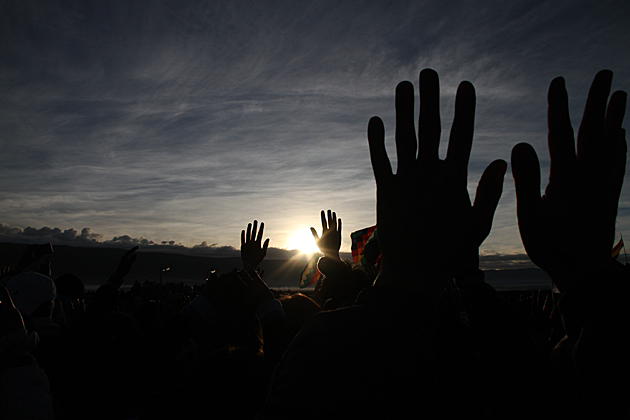
When I say “early”, I mean 2:30am. I don’t know why we even bothered going to bed. In the middle of the night, we found ourselves on a microbus, destination Tiwanaku. And by 4am, we were fully emerged in the festivities. Most of the crowd had been partying since the previous evening, and it showed. I’ve never seen a happier collection of heavily intoxicated, wobbly people. The town of Tiwanaku had become a massive street party and, although it sounded like a terrible idea at that hour, we grabbed a couple beers to better blend in. Turns out, it was a great idea.
Soon enough, we were in line to gain entrance to the ruins. The temple was built around 400 AD, by the Tiwanaku tribe, who thrived in the region until a devastating climate shift around 1000 AD. The Tiwanaku left no written history or language, and little is known about their culture and belief system. But the ruins give some clues. Agriculture and nature were important, and the Gateway of the Sun features Viracocha, the pre-Incan creator of all things.
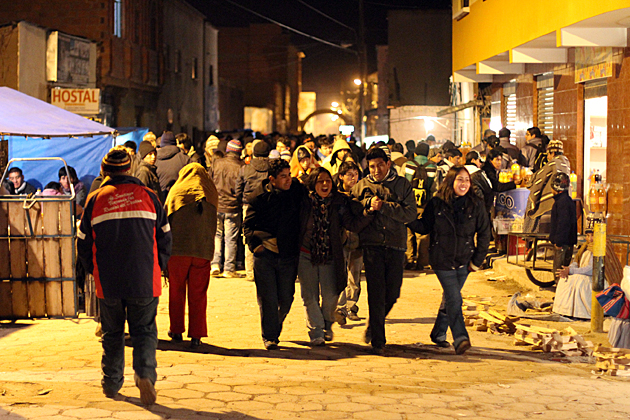
While in line to enter the ruins, we befriended the family ahead of us. They shared generously from their thermos of signani, a warm grape-liquor, and explained more about the festivities. This would be the year 5519 in the Aymara calendar and we were here to worship Inti, the Sun God. I had been concerned about how gawking gringos with cameras would be received at this sacred festival, but needn’t have worried. People seemed happy to have us there. Over the course of the day, I got into a ton of conversations, kissed about a hundred cheeks, gave a few TV interviews, took pictures with people who found it funny to pose with a gringo, and even had my butt pinched by a very intoxicated girl, who then tried to tongue-kiss me (a clumsy, frontal assault, which wasn’t difficult to dodge).
By 6am, we had secured a decent place in front of the Sun Gate, and waited impatiently for dawn. On the winter solstice, the first ray of sun shines through this ancient gate. Unfortunately, this morning was cloudy, so we didn’t get to see the illumination through the gate. But when the sun finally did appear, it was glorious. Thousands of people with their palms in the air to receive the warmth of Inti, praying, offering thanks and making wishes. Especially given our location in the pre-Incan ruins of an Andean valley, it was impossible to remain unmoved. Later, I would reflect on the power and beauty of a religion based on nature. I’ve never experienced such a lovely, transcendental moment as when the sun washed over us at Tiwanaku.
The party continued until about 10am. There were burnt offerings, and shamans reading coca leaves and performing blessings. Costumed groups danced and played instruments, and some of the merry-makers finally were able to pass out on the grass, having succeeded in seeing the sunrise. To think, we almost talked ourselves out of attending because of the early departure hour. Thank God we decided to go. Actually, I should probably thank Inti.
We took a ton of images during this incredible celebration; so many, we have to split it into two posts. This set contains everything up to the sunrise: the arrival, the partying and waiting for dawn…

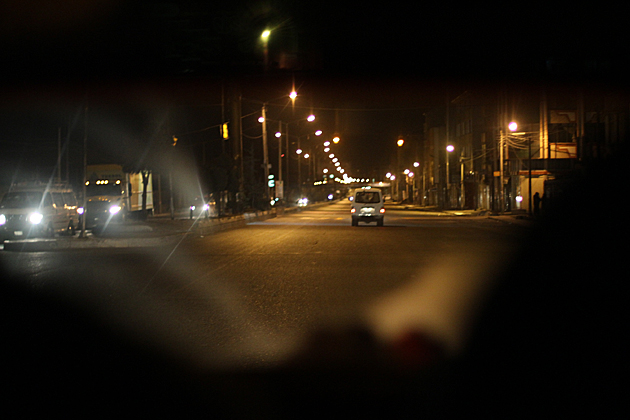
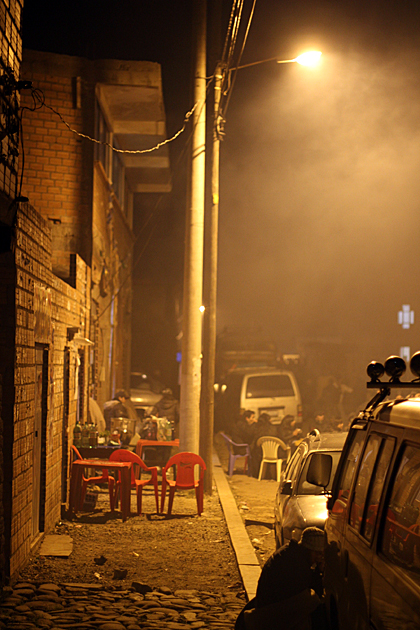
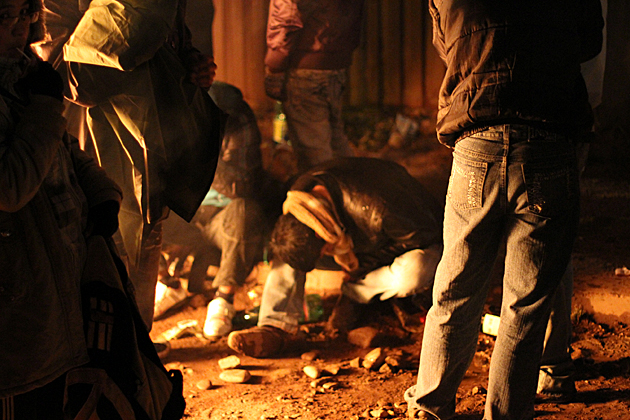
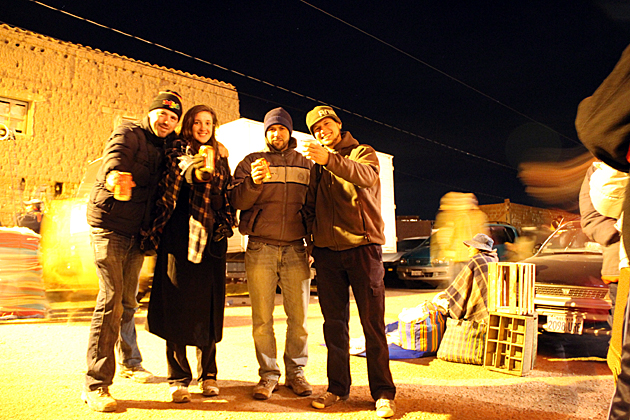
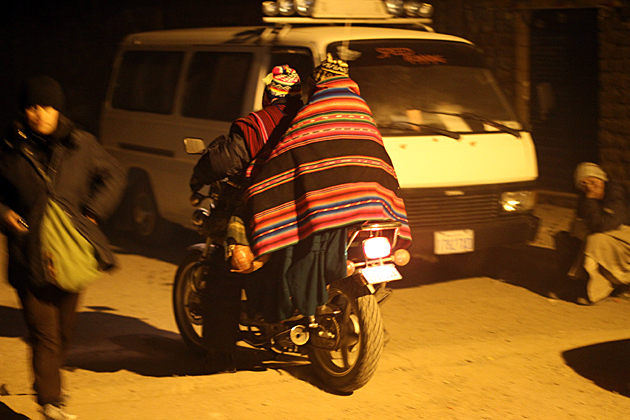
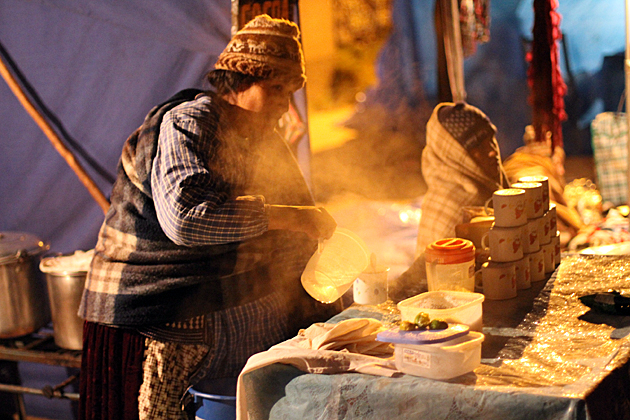
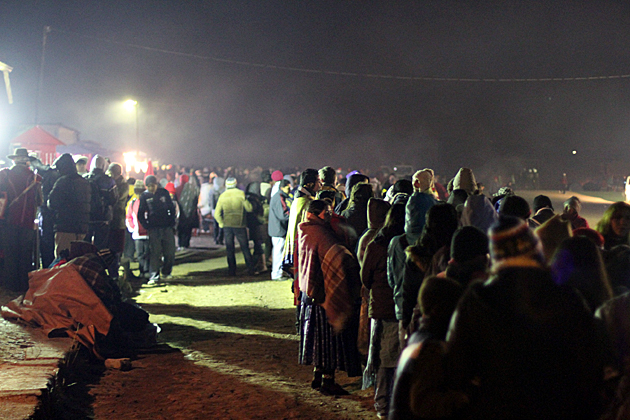
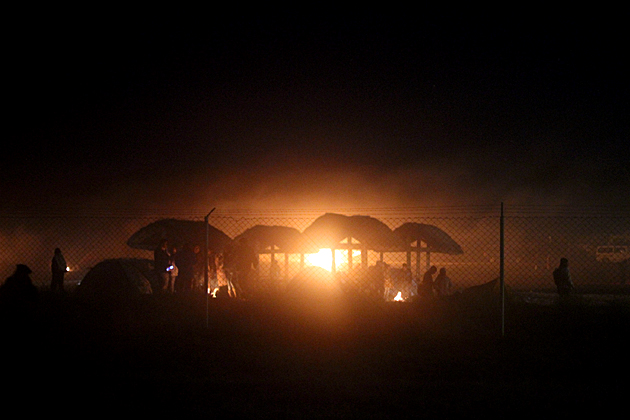
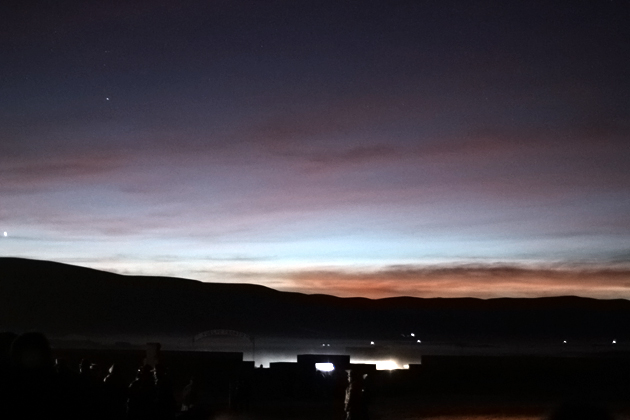
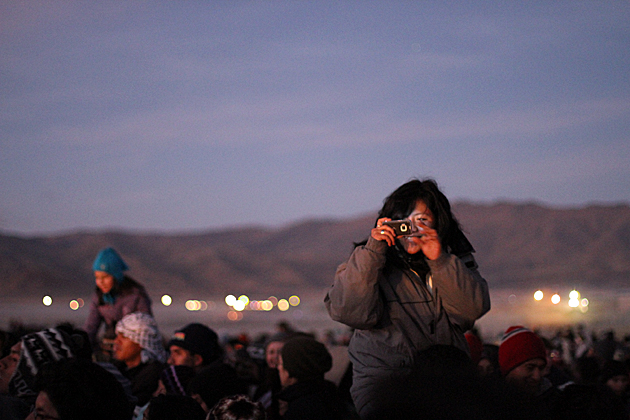
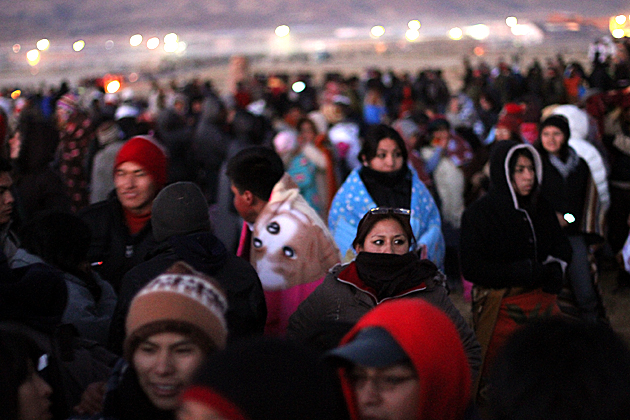
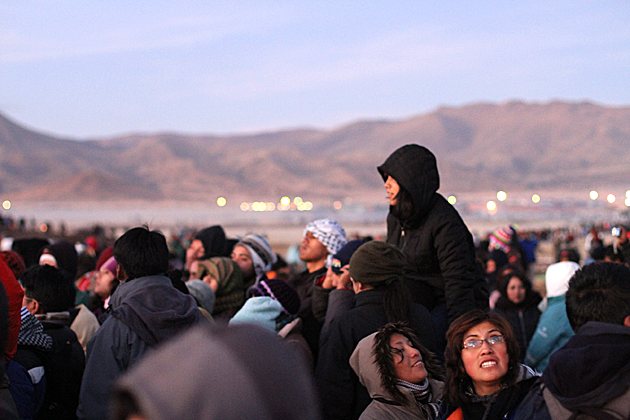

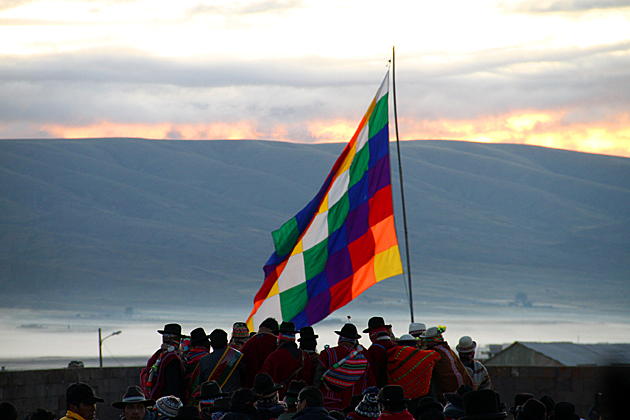
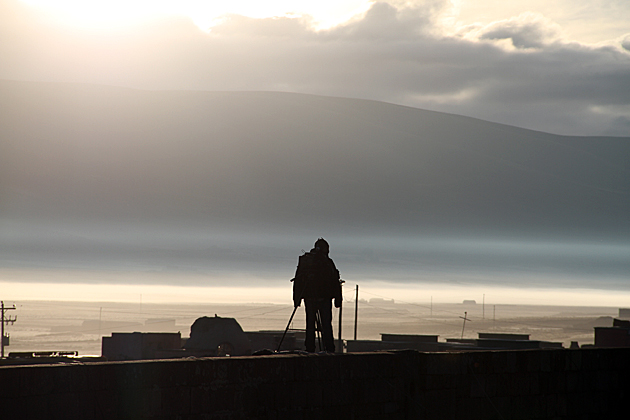

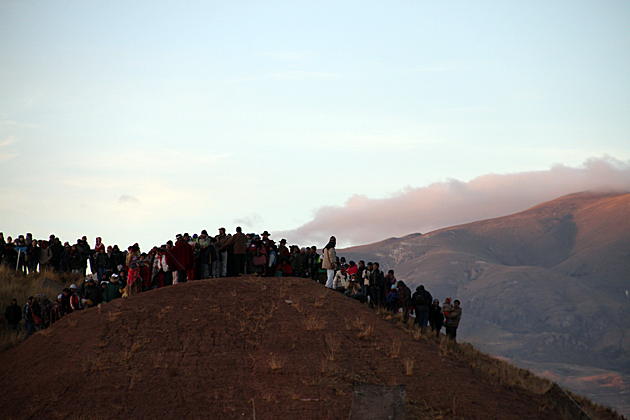
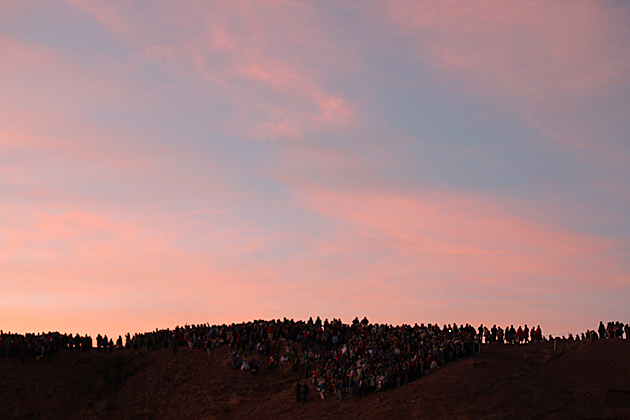


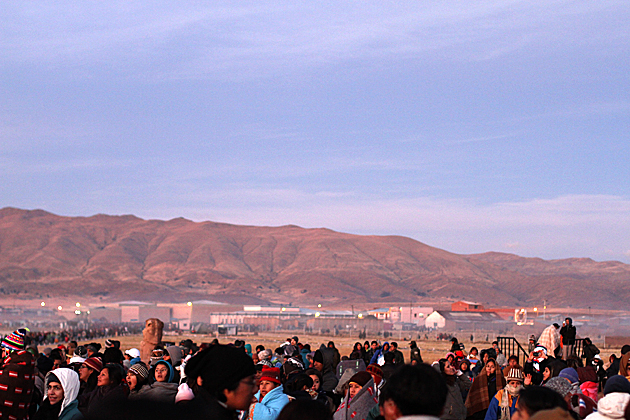
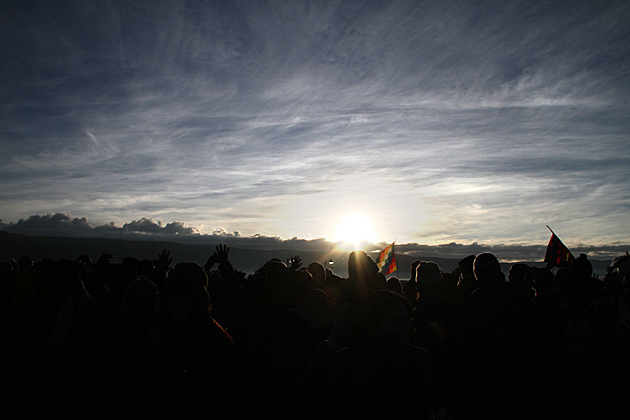
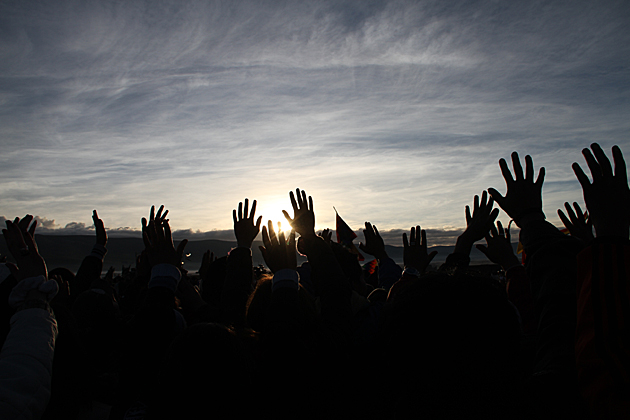

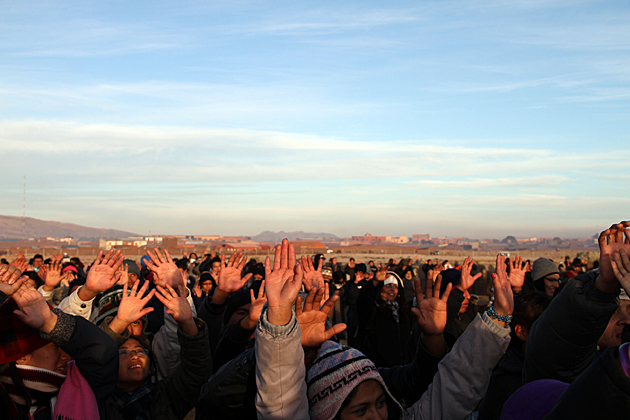
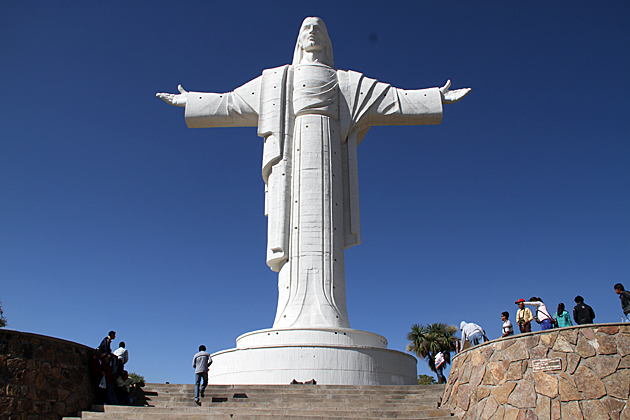
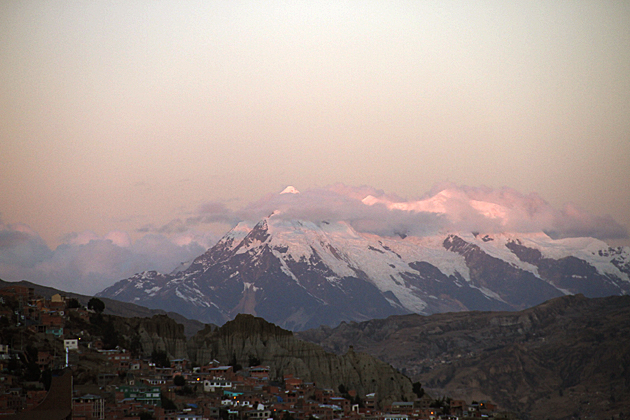
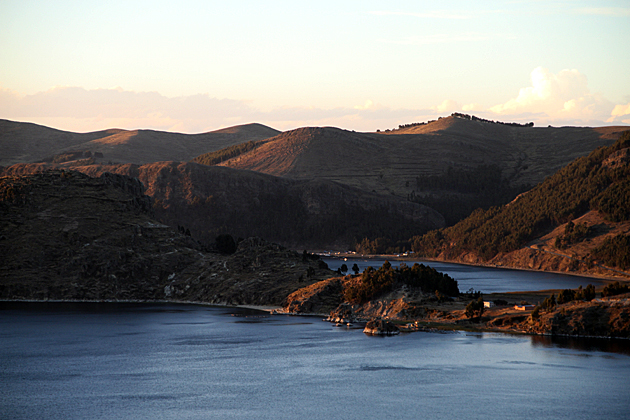

Pingback: More Pictures from the Aymara New Year | For 91 Days in Bolivia – Travel Blog
Pingback: Amazing Experience: Aymara New Year Fest
Pingback: The Witches’ Market | For 91 Days in Bolivia – Travel Blog
Pingback: Aymara New Year *** Boliwijski Nowy Rok 5521 | Bolivia ''In My Eyes''
Hi, I hope you won’t mind I used one of your pictures on my blog : https://boliviainmyeyes.wordpress.com/. Of course, I added the link to your website under it. Thank you
Don’t mind at all. We only require a back link in cases like yours. Thank you!